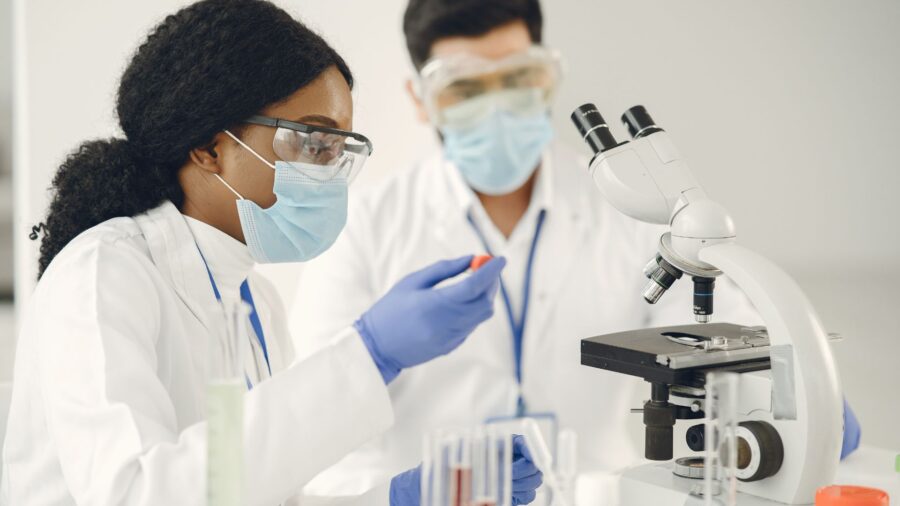Harvard Scientists Are Reversing Aging?

If you’re a human—and since you’re reading this, chances are good that you are—you’ve looked in the mirror at least once in your life and wished you could return to a younger age. Well, we’ve got good news, fellow (hopefully) human! According to a recently publication in Aging, members of Harvard and MIT have recently discovered “chemical cocktails” that can reverse aging.
It may sound like a science fiction pipe dream, but a team of scientists made up of researchers from Harvard Medical School and the prestigious Massachusetts Institute of Technology claim to have cracked the code on de-aging.

Unlike Disney, which relies on extensive CGI effects to de-age actors from its Star Wars and Marvel franchises, this de-aging is the result of “six chemical cocktails.” These cocktails managed to “restore a youthful genome-wide transcript profile and reverse transcriptomic age” in less than a week without compromising the identity of the cells.
Even better, according to the researchers, these six treatments can reverse aging and restore cells to a more “youthful state,” without causing “dangerous unregulated cell growth.” We can only assume that “dangerous unregulated cell growth” would look a lot like what happens to the character of Tetsuo at the end of Akira, so preventing that is definitely a checkmark in the win column.
Unlike Disney, which relies on extensive CGI effects to de-age actors from its Star Wars and Marvel franchises, this de-aging is the result of “six chemical cocktails.”
Testing the Results
So far, these treatments to reverse aging have only been applied to tissue samples in a lab and every scientist’s favorite lab animals, rats and monkeys. The trials involving animals have yielded “encouraging results.” The researchers have yet to try their new “cocktails” on humans, but according to Harvard Medical School faculty member David Sinclair, preparations for human trials are currently underway.
The research team focussed their efforts on molecules that can reprogram animal cells and turn them into pluripotent stem cells. These stem cells have the ability to shapeshift into any other cell the body can create, which makes them an invaluable component of regenerative medicine.
Scientists tested the molecules on cell cultures suffering from a “deterioration of nucleocytoplasmic compartmentalization,” one of the most significant markers of aging.
In layman’s terms, “deterioration of nucleocytoplasmic compartmentalization,” is what happens when a cell’s nucleus starts leaking proteins into the cytoplasm—a jelly-like substance inside the cell—and the cytoplasm doesn’t send the proteins back.
Through various tests, the researchers were able to identify six different chemical combinations that were able to reverse aging in the cells just four days after they were applied. These results, while early and still nowhere near anything the average person can use, give the medical community hope.
It could eventually spell the end of an entire cosmetics market full of rejuvenation treatments and anti-aging creams that work dubiously at best and are absolutely useless at worst.
When and if these chemical cocktails make their way to market, they could upheave life as we know it. A cure for aging could lead to new conflicts between the old guard and the younger generation, impatient for them to croak and give someone else a turn.
These results, while early and still nowhere near anything the average person can use, give the medical community hope.
On the other hand, these discoveries could lead to positive changes when it comes to environmental causes. It’s possible politicians and CEOs could take a different approach to how they address climate change now that they’ll be sticking around indefinitely.
Either way, one thing’s for sure, once aging is a thing of the past, nothing will ever be the same.












